The little explored haven at Anchuthengu near Thiruvananthapuram

Mail This Article
With pristine countrysides, the backwaters, and an indisputable claim to a pride of place in history and literature, Anchuthengu is a tailor-made day-outing destination.
An early morning drive from Varkkala to Vakkom would be pleasantly soothing for the nature lover. The countryside and the greenery are all refreshing, but little would it prepare you for the spectacle of sunrise awaiting you at Anchuthengu.
On a good day, you are likely to be greeted by a picture postcard imagery spread across the Panayilkadavu bridge as you cross the Anchuthengu lake from Vakkom. The early boats would already be sailing across the lake and the birds would've set out for the day's errands – all of it set against the orange-hued morning sky. An idyllic settings not far from Trivandrum, the Anchuthengu-Vakkom circuit is the perfect spot for the city-sore eyes to feast on pristine nature.
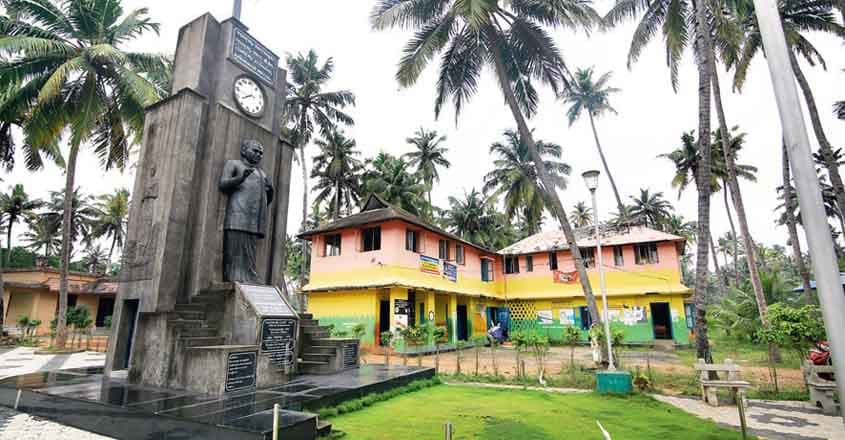
The fringe island
The Panayilkadavu bridge connects Vakkom to Varkala. It also makes Varkala more accessible to the people in Anchuthengu, Kadakkavoor and the other villages in the surroundings. Vakkom, which lies to the south of the bridge, is like an islet laced by the Parvathy puthanar canal and the Anchuthengu lake. The lore says that the name 'Vakkom' is a corruption of the Malayalam word for edge – 'vakku,' owing to the islet’s location on the fringes of the geographical region.

Ponnum thuruthu – the golden island
'Ponnum thuruthu' translates to 'golden island' and is nestled between Vakkom and Kayikkara on the Anchuthengu lake. Spread on one half of the island is a temple and its premises while the rest is under private ownership. But visitors are welcome on the island. The temple has arranged boats for its devotees from 7.30 in the morning.
Ponnum thuruthu is abundantly endowed with greenery. Trees, shrubs, medicinal herbs and flowering plants grow luxuriantly on the little island. Though the temple is owned by a trust, people from the nearby localities are regular visitors here.
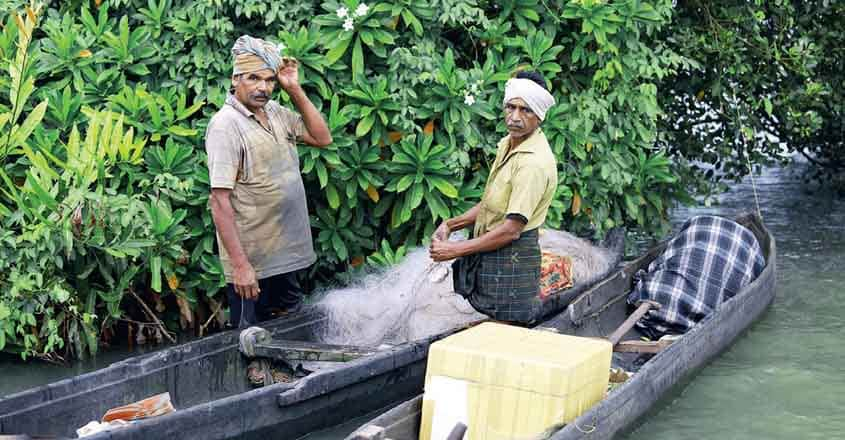
The island is evidently open to outsiders – a major portion of its space is set apart for visitors. Tourists flocking to the Varkala beach are often seen heading to this off-beat island destination. It is an ideal spot to spend a lazy evening, the cool breeze and the gentle ripples of the lake lending it a dreamy quality.
Vakkom Abdul Khader Memorial
Close to Kayikkara, one will come across the memorial dedicated to Abdul Khader, the young man from Vakkom who had joined Subhash Chandra Bose's Indian National Army. Khader left for Malaysia in search of a job but was deeply influenced by the Indian Independence League. He later joined the INA which was planning a massive operation at that time.
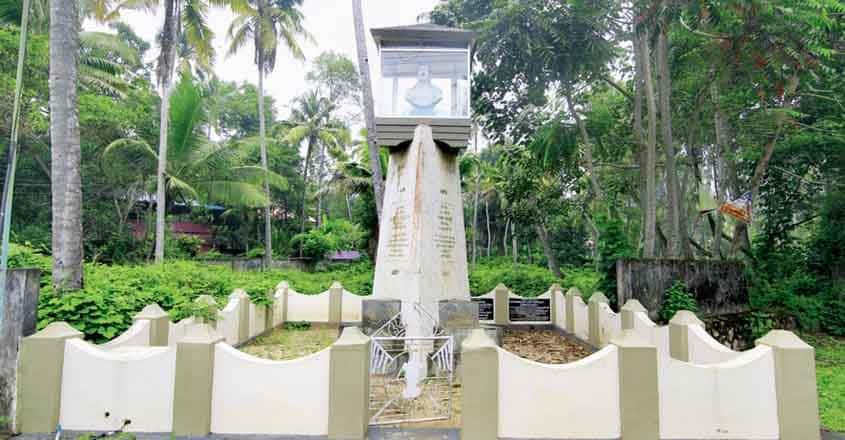
Khader was among the INA soldiers who landed in India in two submarines in 1940. But the revolutionaries were captured and subjected to severe torture to extract details about the INA. Khader however stood his ground and refused to reveal any information. He, along with three of his comrades, was executed by the British government on charges of treason. Their courage on the gallows was later recounted by a police officer who witnessed the execution. The memorial has been erected under the initiative of INA Hero Abdul Khader National Foundation.
The birthplace of Kumaranasan
Anchuthengu prides itself on being the birthplace of the legendary Malayalam poet Kumaranasan. Past the Meerankadavu bridge, a turn to the right from Anchuthengu junction will take you to Kayikkara village – his birthplace – and the premises that bear the stamp of the poet's life. The school that he went to and later taught at and the memorial erected by the Asan Memorial Association are close by. A more recent structure is the one that houses an open air auditorium and a museum that showcases souvenirs and documents related to his life and works.
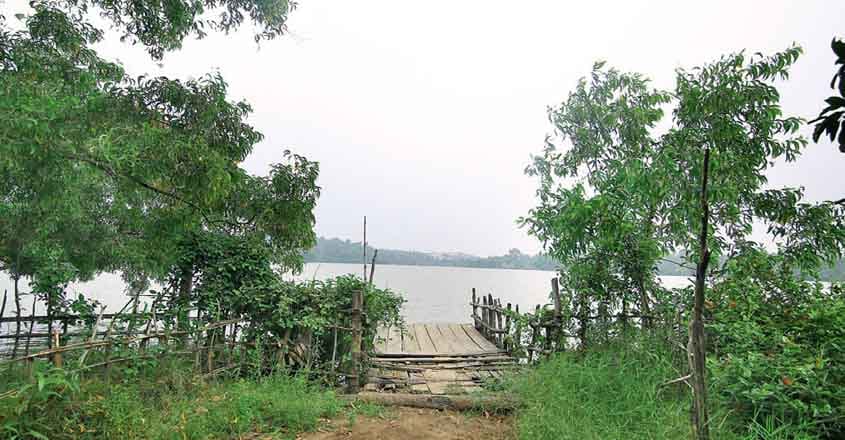
Anchuthengu fort
The Anchuthengu fort is just about a kilometre away from the Anchuthengu junction. The 17th century fort built by the British East India Company was its first permanent post on the Malabar coast. It was the Queen of Attingal, Umayamma Rani, who gave the EIC the permission to build the fort. Though the locals attacked the fort in 1697, one year after the construction had commenced, the British prevailed and completed it in 1699.
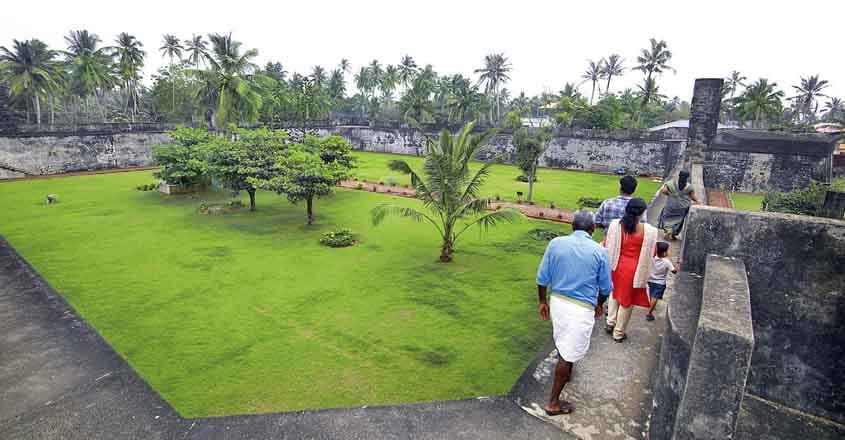
The square structure is more or less devoid of vaults and substructures, but was fully equipped to be a military base. The four bastions could mount eight guns each and the walls between the bastions also had an equal number of guns. There was a battery of some 20 guns facing the sea. To the north-west corner of the fort is the mouth of a cave, which is said to have been a secret passage that led to the sea. The passage was closed off when wandering animals and over-zealous visitors began encountering with misadventures.
To the west of the sprawling courtyard are stone structures to which prisoners and convicts were tied to for flogging and other forms of punishment. Outside, to the north east of the fort, stands the tall and majestic lighthouse. For a long time, the fort had served as the only signalling station on the coast for ships arriving from England. The 130 ft tall lighthouse offers a breathtaking view of the Arabian Sea spread wide around the fort.
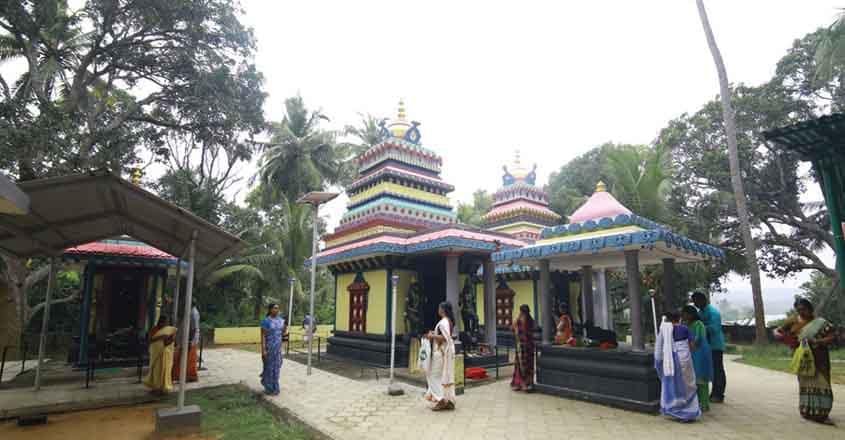
There's something for everyone at Anchuthengu. Most visitors will be enticed by the abundance of natural beauty while the historical significance of the tiny village is sure to intrigue the curios traveler. It’s difficult to better this day outing destination that comes with pristine countrysides, the backwaters, and an indisputable claim to a pride of place in history and literature.

